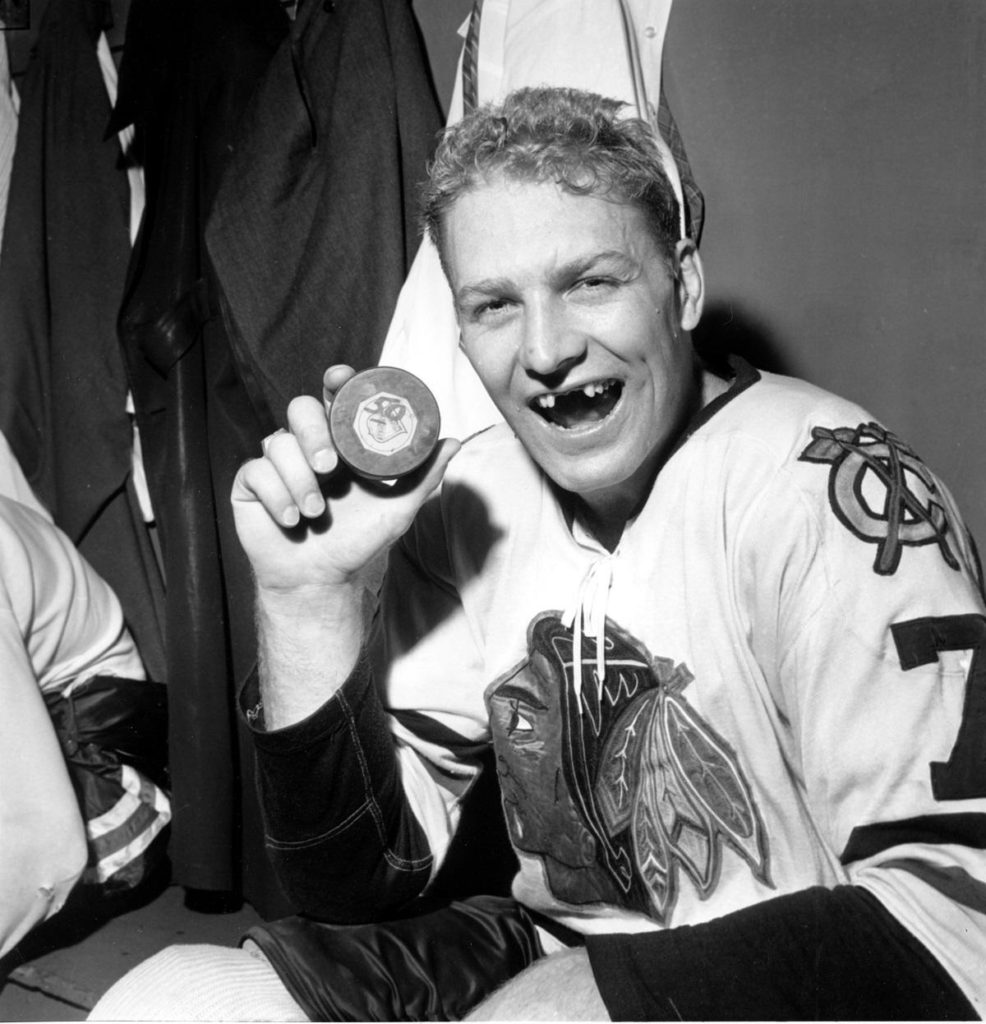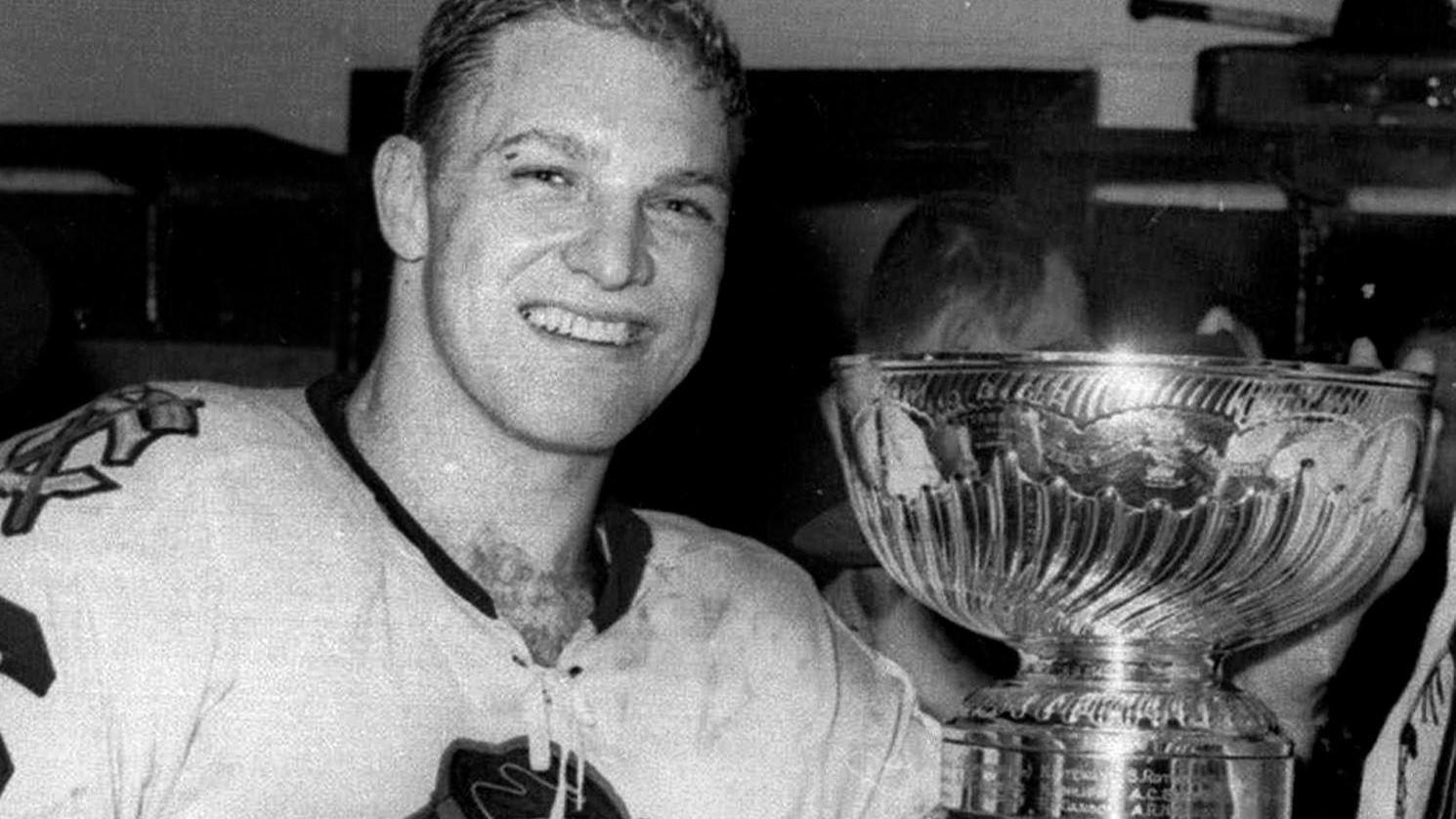Bobby Hull was just one of several legendary players that needed a secondary income while playing professional hockey.
Being a professional hockey player in today’s game can set your mind at ease in terms of your financial situation, but this wasn’t always the case. It took the National Hockey League (NHL) several decades to go from players that needed a summer income to the multi-million dollar contracts our favourite players now receive.
For the first half of the twentieth century, most NHL players relied on a second job during the summer months to support their lifestyles and families. Despite the league being one of the oldest in North America, they consistently fell behind the National Basketball Association (NBA), National Football League (NFL) and Major League Baseball (MLB) in revenue, popularity and later in securing hefty television contracts. These setbacks continue to keep NHL salaries well below the average of other leagues.
Bobby Hull was just one of several legendary players that needed a secondary income while playing professional hockey. Most of the time, players continued with the jobs they previously held before making their NHL debut. In this case, Hull revolutionized what it meant to be a superstar and marketing yourself as a brand.
The Golden Jet
Bobby Hull was one of hockey’s best goal scorers in his time, joining the likes of Maurice Richard and Gordie Howe. During his NHL career, Hull was known for his explosiveness, puck handling, and shooting ability. Hull helped the Chicago Black Hawks win a Stanley Cup in 1961 and won countless individual awards throughout his long career. He eventually signed with the World Hockey Association in 1972 and won the Avco Cup in 1976 and 1978 with the Winnipeg Jets.
Hull was born in Point Anne, Ontario, which thrived on the cement industry. His father, Robert Edward Hull, was a cement company foreman. Point Anne has since become a ghost town after the final cement plant was closed in 1973 and the industry moved on.
It was important for Hull not to continue with his father’s dying career path. He decided to focus on hockey and made the Black Hawks team at age 18 in 1957. Along with his skills, Hull quickly became recognized for his blond hair and overall attractiveness. These traits opened up the door for different options to supplement his income during the offseason.

Instead of working in manual labour like many of his peers, Hull used his pretty face to his advantage. He found work as a model, appearing on television, in magazines and as a poster boy for numerous products. Hull was a television spokesman for Vitalis hair tonic, as well as displayed in magazine advertisements modelling swimsuits, sweaters and socks.
Hull was one of the first NHL players to market himself as a brand, selling the products he endorsed and making a name for himself in the process. For this reason, it’s hard to pinpoint exactly how much money Hull made from his time as a model. His NHL fortune is much simpler to figure out.
In total, Bobby Hull made around $3.45 million ($18.7 million today) throughout his 23-year career in the NHL and WHA. His gross income is actually pretty decent, but that’s mostly due to his move to the WHA, which was paying more to lure talent away from the NHL at the time.
When Hull signed his first contract with the Black Hawks, it was worth $100,000 over five years (1960-65). Hull’s salary is on par with what Richard was making in his final season in 1960, which was $25,000. According to Hull’s son, Brett Hull, Bobby was the first NHL player to make over $100,000 (around $750,000 today) in one season (1968-69).
To put this into perspective, Will Chamberlain, arguably the first NBA superstar, was making $250,000 a year between 1968 and 1973. This comparison proves that superstars were finally getting the credit they deserved with their paychecks but were still far away from reaching other leagues in terms of salary.

